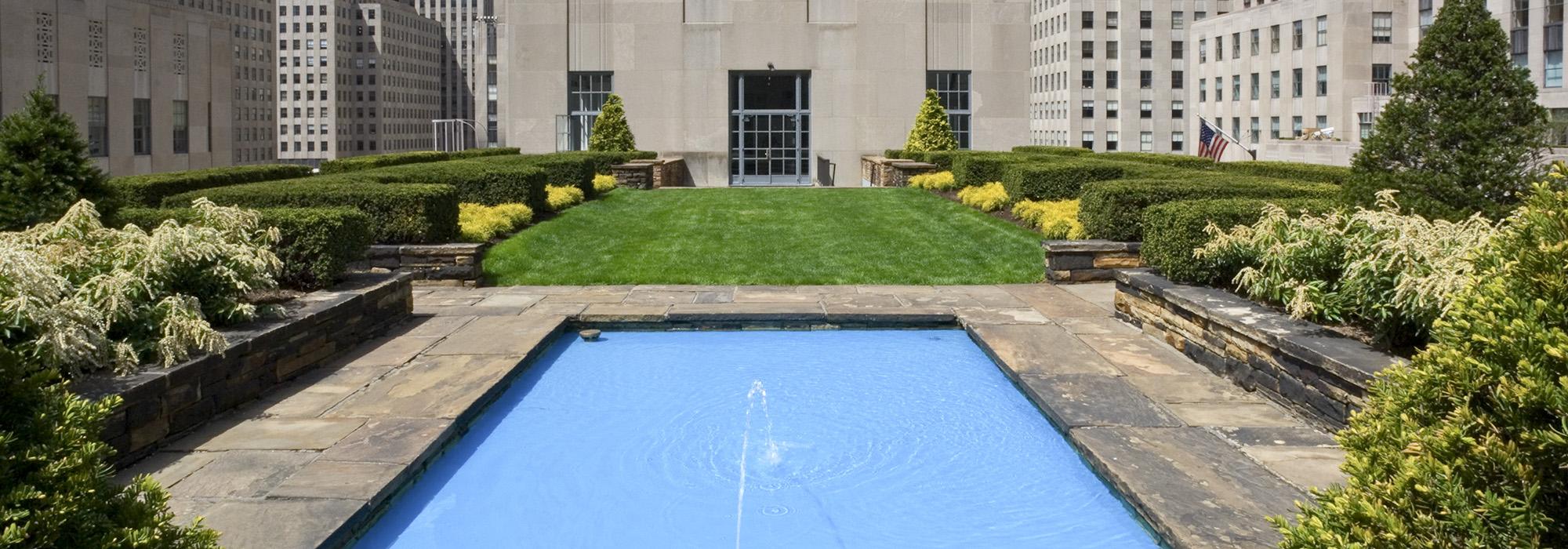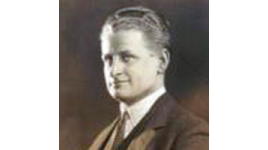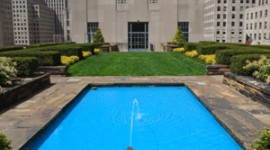Clarence Henry Ralph Hancock Biography
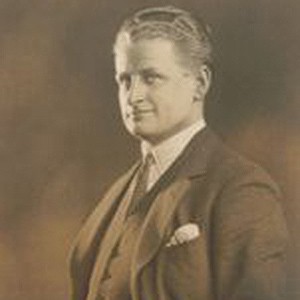
Clarence Henry Ralph Hancock was born in Wales in 1893. In 1917, Hancock married Hilda Muriel Ellis (known as Muriel). At the time Hancock’s occupation was listed as a Marine and General Insurance Broker working in Cardiff. What prompted his career change is unknown, however, in 1926, he became a Fellow of the Royal Horticultural Society.
During the late 1920s, Hancock and his family moved to Sutton, Surrey, England and it was from there that Hancock undertook the first of his more famous garden projects in 1927. The project included designing and constructing rock, water, and Iris gardens for H.R.H Princess Victoria at her home “Coppins” in Iver, Buckinghamshire. Hancock incorporated the main influences of this period, William Robinson and Gertrude Jekyll as well as the "arts and crafts movement," into his designs.
On May 31, 1930, Hancock set sail from Liverpool bound for New York. In order to promote his work in the United States, Hancock published an illustrated booklet titled English Gardens in America in which he described himself as being “Landscape Gardener to HRH the Princess Victoria of England.” The promotional booklet must have worked as Hancock went on to design an exhibition garden at Erie Station in New Jersey. He also staged exhibits at the Massachusetts Horticulture Show where he won several awards, including the 1933 Presidents Cup. He was also one of the designers of the Lydia Duff Gray Hubbard garden in New Jersey which now forms part of the Garden Club of America Collection. During this time, Hancock became associated with the fledgling American Rock Garden Society (now NARGS). Hancock exhibited and won several awards for his rock gardens, including second prize at the Grand Central Palace show in 1931 where he exhibited a 300-square foot rock garden.
Hancock quickly became a familiar face on the lecture circuit where he gave regular talks about his work, including a lecture on English Gardens to the Women's Club of Upper Montclair in 1931. He also undertook several radio interviews.
However, it was between 1933 and 1935 that Hancock was to embark on one of his most ambitious projects, the construction of spectacular gardens at Rockefeller Center in New York. Hancock’s “Gardens of the Nations” emulated the cultural styles of gardens from Holland, France, Spain, Italy, Japan, and England. The project required that 3,000 tons of earth, 500 tons of bricks, 20,000 bulbs, 100 tons of natural stone, and 2,000 trees and shrubs be delivered by the service elevator or man-hauled using a block and tackle up the side of the eleven floors of the building.
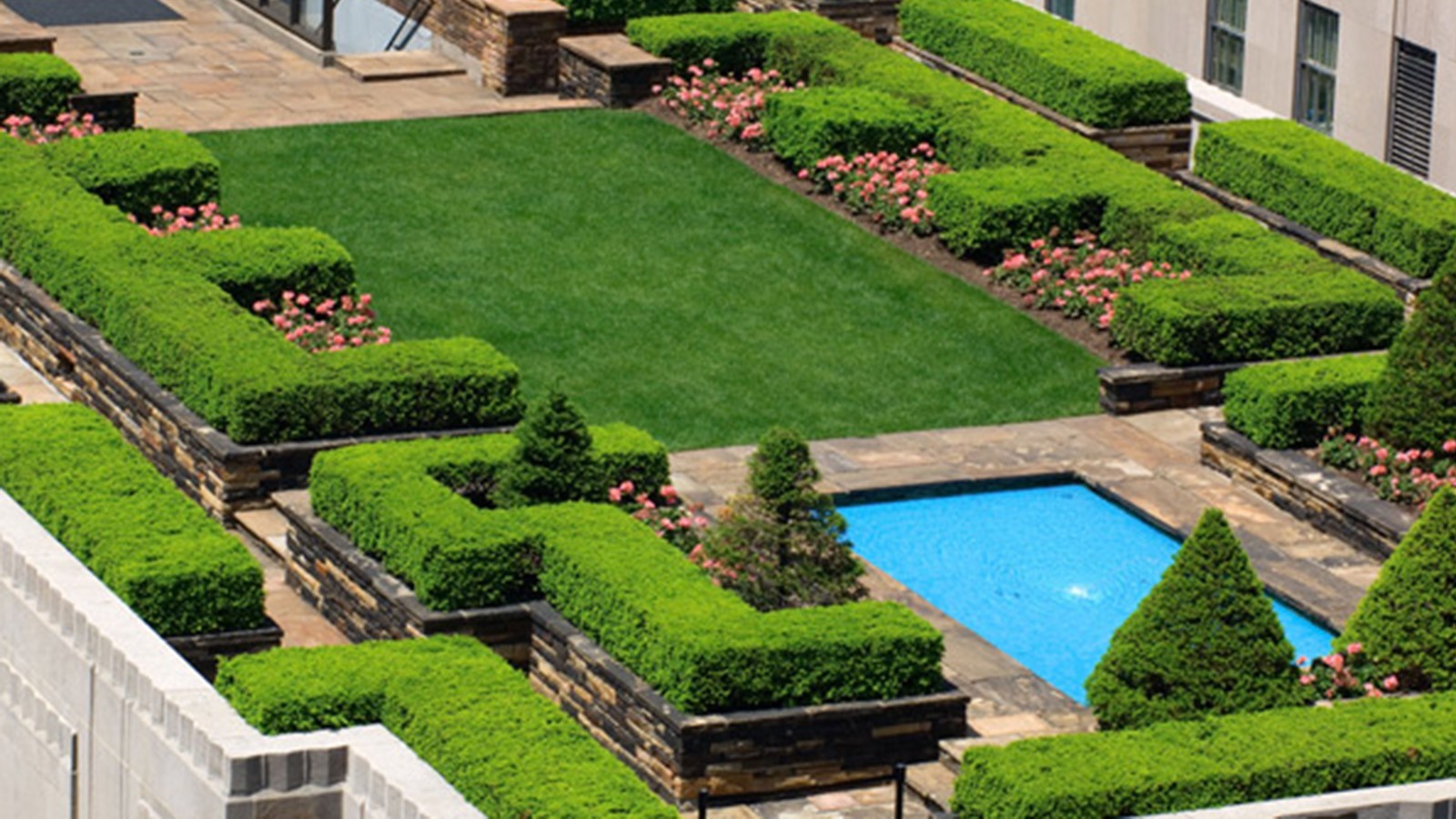
Hancock also designed an English Garden for the project, complete with turf directly imported from England. Low Cotswold stone walls, Tudor arches, and espaliered fruit trees were featured within his slice of the old country. Included in the English Garden was Hancock’s own private garden, complete with an antique sundial.
On the opposite side of the roof from the English Garden, Ralph installed an International Rock Garden. Stone from the English Lake District and Alpine plantings were complimented by a waterfall and a running brook. This spectacle required 96,000 gallons of water which was lifted by an electric pump to the 11th floor.
Hancock was confident that what he had created would allow numerous opportunities for other similar gardens in the United States. He declared that “the day of penthouse gardening are over and miles and miles of roof space in every metropolis in this country remain to be reclaimed by landscape gardening.” Throughout the project, Hancock was in regular correspondence with both John D. and Nelson Rockefeller.
The 11th floor Gardens of the Nations opened on April 16, 1935 with a fete for over 2000 friends, alumnae, and students of Bryn Mawr College. In their first seven months, the gardens attracted over 87,000 visitors, each paying $1 to view the spectacle. They closed at the end of 1935 and over the winter they were replanted with 50,000 bulbs. The following year the entrance fee was reduced to 40 cents.
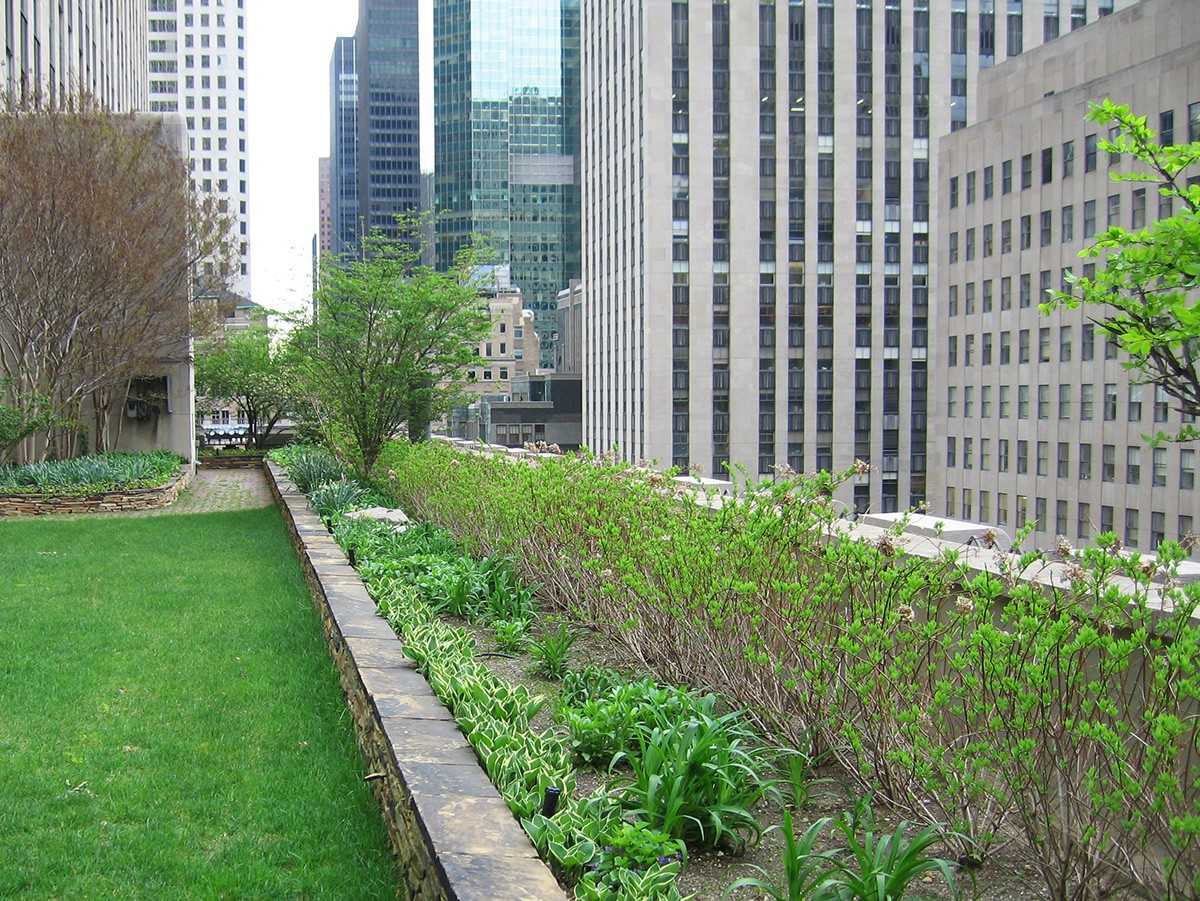
In 1936, Hancock returned to England to design and create roof gardens for the Derry and Tom’s department store, leaving Gardens of the Nations to be cared for by others. Despite the popularity of the attraction the “Sky Garden Tour” ceased to make money and closed its operation in 1938. The gardens themselves remained a favorite venue for various garden and flower shows. The 11th floor continued to house Hancock’s Horticulture Halls, where members of the public could buy anything from bulbs to garden furniture. Gardening clubs regularly met in the space and there was always someone in attendance ready to give gardening advice.
Sadly, the Gardens of the Nations no longer exist in their original form. In 1942, with Japan now at war with the United States, the Japanese Garden was removed, even the bamboo arch and established cherry trees were destroyed. In their place, a Chinese Garden was established complete with a traditional moon gate. Moreover, the Tudor arches and Cotswold stone walls of the English Garden have all but gone. In recent years, other parts of the gardens, especially the hardscaping, have also been destroyed or altered beyond recognition.
Ralph Hancock died in England on August 30, 1950. His ashes were later scattered into the Thames River by his widow and daughter.



